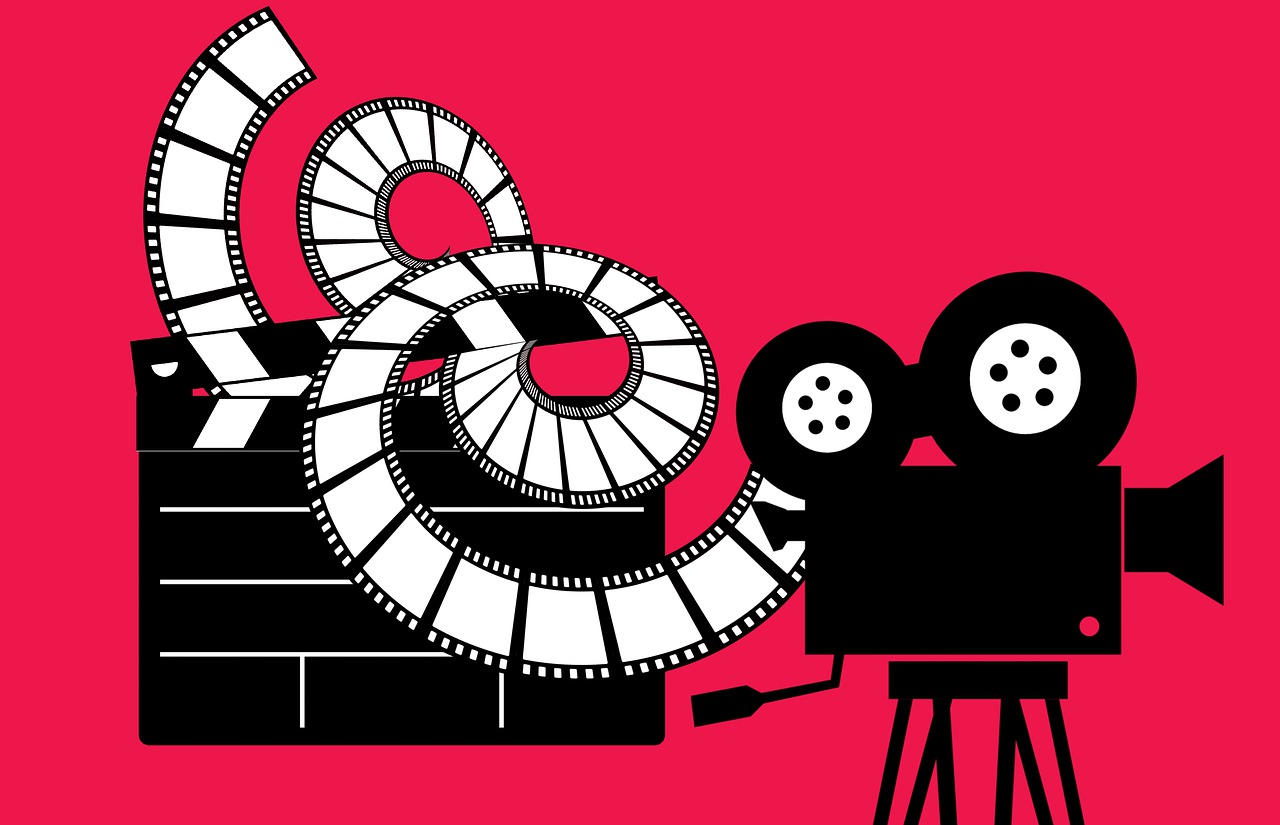The Evolution of Augmented Reality in Educational Entertainment
Augmented Reality (AR) blends digital content with the physical world, enhancing our perception of reality by superimposing computer-generated images onto our view of the surroundings. This technology integrates real-world elements with virtual objects, allowing users to interact with an enriched environment through their devices such as smartphones, tablets, or specialized AR glasses. By overlaying information, images, or animations onto the real world, AR provides an immersive and interactive experience that opens up a multitude of possibilities across various industries.
AR has gained popularity in fields like education, marketing, healthcare, and entertainment due to its ability to offer unique and engaging experiences. The educational sector, in particular, has embraced AR as a powerful tool to transform traditional learning methods into more dynamic and interactive experiences. By integrating virtual elements into the physical classroom or learning environment, AR enhances students’ understanding and retention of information by making complex concepts more accessible and engaging. As the technology continues to evolve, the applications of AR are expected to revolutionize the way we learn, work, and interact with the world around us.
Early Applications of AR in Education
Augmented Reality (AR) has begun to make its mark in the field of education, offering innovative ways to enhance learning experiences for students. One of the early applications of AR in education is the utilization of AR apps to bring textbooks and learning materials to life. By scanning specially designed markers or pages with a mobile device, students can access interactive 3D models, videos, or additional information related to the content they are studying. This hands-on and visual approach to learning helps engage students and makes complex concepts more digestible.
Another significant early application of AR in education is its use in virtual field trips. With AR technology, students can explore historic sites, visit far-off locations, or embark on interactive science experiments without leaving the classroom. This immersive experience not only boosts students’ understanding of various subjects but also sparks their curiosity and fosters a deeper appreciation for learning. AR has the potential to revolutionize traditional teaching methods by providing a more interactive and stimulating educational environment for students of all ages.
• Augmented Reality (AR) has begun to make its mark in the field of education
• AR apps bring textbooks and learning materials to life by scanning markers or pages with a mobile device
• Students can access interactive 3D models, videos, or additional information related to the content they are studying
• Hands-on and visual approach to learning helps engage students and makes complex concepts more digestible
• Another significant early application of AR in education is virtual field trips
• With AR technology, students can explore historic sites, visit far-off locations, or embark on interactive science experiments without leaving the classroom
• This immersive experience boosts students’ understanding of various subjects and sparks curiosity
• AR has the potential to revolutionize traditional teaching methods by providing a more interactive educational environment
Advantages of Using AR in Educational Entertainment
Augmented reality (AR) in educational entertainment offers immersive and interactive learning experiences for students. By incorporating AR technology into educational content, students can engage with the material in a dynamic and hands-on way. This not only enhances their understanding of the concepts being taught but also makes learning more enjoyable and memorable.
Furthermore, AR in educational entertainment allows for personalized learning experiences tailored to the individual needs and interests of students. Through interactive AR applications, students can explore subjects at their own pace and delve deeper into topics that pique their curiosity. This adaptability and customization foster a more engaging and effective learning environment, ultimately leading to improved educational outcomes.
What is augmented reality (AR)?
Augmented reality is a technology that overlays digital information onto the real world, usually through a device such as a smartphone or tablet.
How has AR been used in education in the past?
AR has been used in education to enhance learning experiences, such as interactive textbooks, virtual field trips, and anatomy simulations.
What are the advantages of using AR in educational entertainment?
Some advantages of using AR in educational entertainment include increased engagement and interactivity, enhanced learning experiences, and the ability to cater to different learning styles.
Can AR be used for all age groups in educational entertainment?
Yes, AR can be used for learners of all ages, from young children to adults. It can be tailored to fit different educational needs and levels of understanding.







